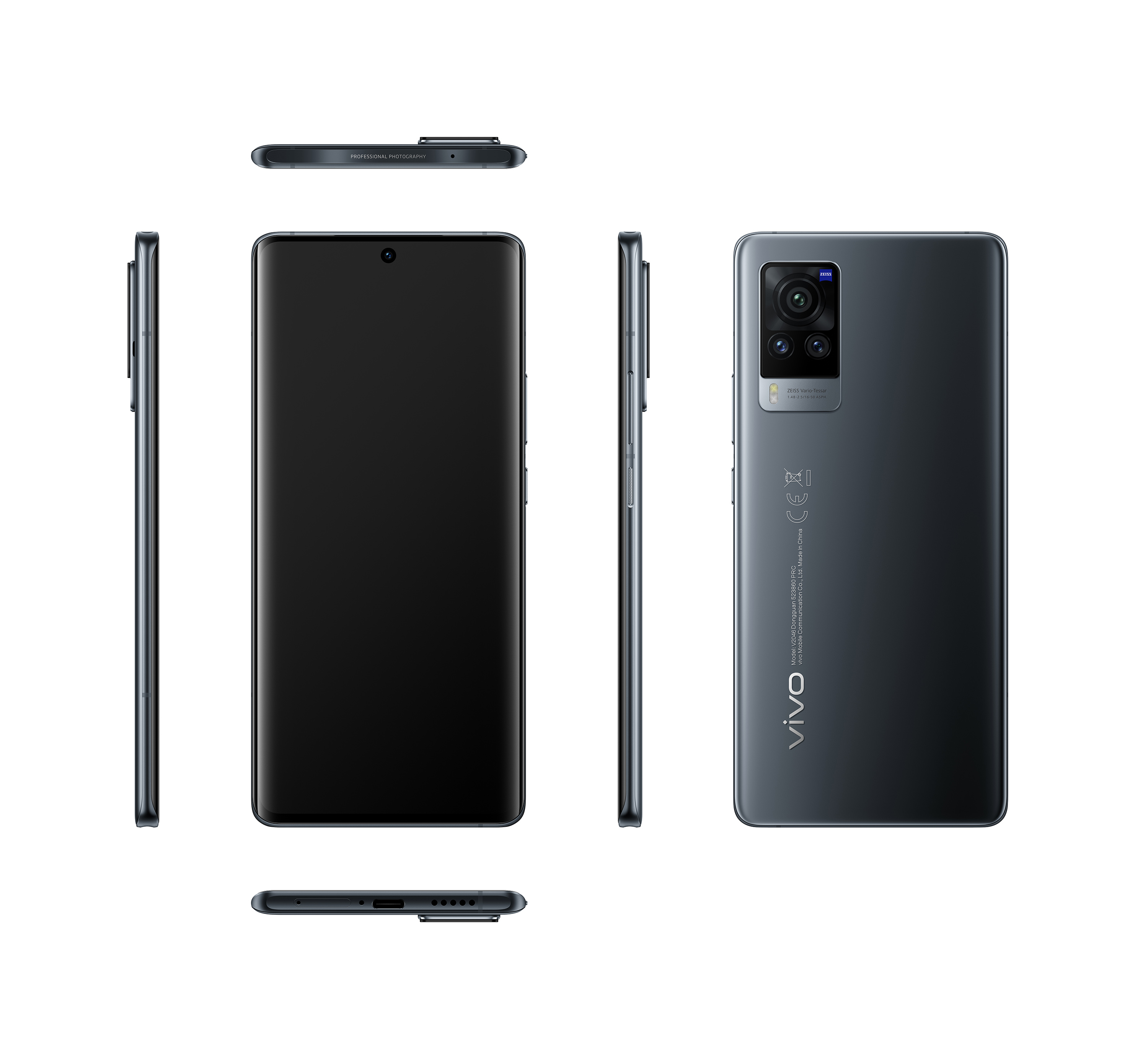The Zeiss Lens Legacy: Transforming smartphone Photography
The partnership between smartphone manufacturers and optics giants like Zeiss has become a hallmark of premium mobile photography. For decades, Zeiss has been synonymous with optical excellence, their lenses gracing everything from professional cinema cameras to high-end microscopes. Now, this legacy is being woven into the fabric of our everyday devices: smartphones. But what does a Zeiss partnership truly mean for your pocket camera? How does it impact image quality, and is it worth the hype? This deep dive explores the intricacies of Zeiss lenses in smartphones, dissecting the technology, the benefits, and the future of this collaboration.
The Zeiss Pedigree: A History of Optical Innovation
Zeiss’s history is steeped in innovation, dating back to 1846. Their commitment to precision and quality has established them as a leader in the field of optics. From the early days of microscope lenses to the iconic T anti-reflective coating, Zeiss has consistently pushed the boundaries of what’s possible in imaging.

Early Innovations: Zeiss’s initial focus on microscopes laid the foundation for their expertise in lens design and manufacturing. This rigorous approach to precision and detail has been carried through to all their subsequent ventures.
Zeiss in Smartphones: More Than Just a Name
The presence of the Zeiss logo on a smartphone doesn’t just signify a branding exercise. It represents a collaboration that typically involves several key aspects:
Lens Design and Engineering: Zeiss engineers work closely with smartphone manufacturers to design and optimize the lens systems. This includes selecting the appropriate glass elements, designing the lens curvature, and ensuring precise alignment.

The Benefits of Zeiss Lenses in Smartphones
These collaborations translate into tangible benefits for the user:
Improved Image Clarity and Sharpness: The optimized lens design and high-quality glass elements contribute to sharper images with greater detail.
Case Studies: Zeiss Partnerships in Action
Several smartphone manufacturers have partnered with Zeiss, each with its own unique implementation:
Nokia: Nokia’s partnership with Zeiss has been a long-standing one, dating back to the early days of mobile photography. This collaboration has resulted in several notable smartphones with high-quality cameras, including the Nokia PureView series.
The Technical Details: Diving Deeper
Understanding the technical aspects of Zeiss lenses in smartphones requires a closer look at the key components and technologies:
Aspherical Lens Elements: These lenses are designed with complex, non-spherical surfaces that help to reduce optical aberrations and improve image sharpness.
The Future of Zeiss in Smartphone Photography
The partnership between Zeiss and smartphone manufacturers is likely to continue to evolve, with a focus on further improving image quality and introducing new features.
Advanced Computational Photography: As computational photography continues to advance, Zeiss’s expertise in image processing will become even more valuable.
The User Experience: What Matters Most
Ultimately, the success of Zeiss lenses in smartphones comes down to the user experience. Do they deliver on the promise of improved image quality?
Real-World Performance: Independent reviews and user feedback consistently highlight the benefits of Zeiss lenses in smartphones, particularly in terms of image clarity, sharpness, and color accuracy.
Addressing the Skeptics: Is it Just Marketing?
Some critics argue that the Zeiss partnership is primarily a marketing ploy. While branding plays a role, the technical contributions of Zeiss are undeniable.
Tangible Improvements: The improvements in image quality, particularly in terms of clarity, sharpness, and color accuracy, are tangible and measurable.
Conclusion: A Legacy of Quality in Your Pocket
The partnership between Zeiss and smartphone manufacturers represents a convergence of optical excellence and mobile technology. While the effectiveness of these partnerships varies depending on the manufacturer and implementation, the underlying principle remains the same: to bring the legacy of Zeiss’s optical innovation to the everyday user. The T coating, the lens design, and image processing collaboration all provide a marked increase in image quality. As smartphone photography continues to evolve, Zeiss’s expertise will play a crucial role in shaping the future of mobile imaging, bringing professional-grade photography to the palm of your hand.



